The Kaikōura Astronomer Interest Group have put togetherr their top tips in how to take a nighttime photograph using either a digitial camera or a phone. Give it a go and share your favorite pic on https://www.facebook.com/groups/kaikouraastronomers.

Nightscapes with a Cell Phone
- Either use a tripod or prop the camera against a solid object as you can’t hold a cell phone still enough for night scape photography. You can also lay it flat on the ground!
- Aim the lense at the sky, zoom out to the widest angle setting, set ISO to1600 and exposure for 10 – 20s.
- The camera will focus automatically.
- Touch the shutter symbol lightly, don’t tap it with force since the stars will show as a jiggle.
Nightscapes with a Digital Camera

- Ideally set up with a tripod, otherwise brace your camera on something steady. Don’t rely on your hands to hold the camera still.
- Wide angle lenses are best: 15mm, 24mm, 35mm.
- Set camera to manual operation.
- Set f/stop to widest aperture, usually f/2.8 or f/1.4. If your images have out-of-focus corner stars, close aperture by 1 stop.
- Start with ISO 1600, since this usually yields good photos. Check the noise level by zooming into your first image. If too noisy use ISO 800, if not, you can try moving up to ISO 6400 or higher. Beware that the noise level usually increases with higher ISO.
- Set the exposure time to 10 to 20 seconds.
- Focus on the brightest star or planet using “live view” at 10X, and check the first images by zooming to maximum. Poor focus yields discs as stars.
- Compose image and check first shots for good focus.
Taking Star Trails

- Aim the well-stabilized camera up at the south celestial pole, using your star chart app, or roughly aim it at a point 2/3 the distance from the Southern Cross (Crux) to the Small Magellanic Cloud.
- The easiest way to take star trails is to use a lower ISO setting and a long exposure. Use freshly charged battery in the camera. Try ISO 200 for 20 to 60 minutes. A higher ISO will make a brighter background which ruins contrast. The stars move 15 degrees/hour (360 degrees in a 24 day), so you can estimate how long the trails will be in your photo. The exposure was 40 min in the photo below. It was enhanced with a curves adjustment in the free software Faststone Image Viewer 7.6. For more detailed instructions see this link: https://chrisbrayphotography.com/tips/star_trail_photography.php







